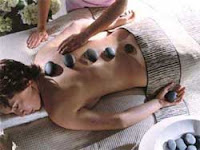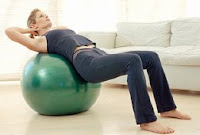Spine J. 2009 Apr 25; Perneros G, Tropp HBACKGROUND CONTENT: Questionnaires for measuring the functional status of patients with low back pain (LBP) focus on disability and present responses for each question in a predetermined, fixed relationship between "can do/difficulties and pain". Their design does not permit a separation of the two. PURPOSE: To present the development of The Assessment of Pain and Occupational Performance (POP) and to evaluate validity and reliability. STUDY DESIGN: A prospective, consecutive study of patients investigated by use of the POP. PATIENT SAMPLE: A total of 220 patients participated in the study. METHODS: In a cross-sectional study including 53 patients with chronic musculoskeletal pain, empirical tests of content and construct validity established the definitive version of the POP. The POP focuses on performance of activities. It is a disease-specific, discriminative assessment instrument designed for patients with back pain (BP) and LBP. Based on a semi-structured interview the POP investigates each of 36 activities in two dimensions, with separate, defined scales from "normally healthy" to "extremes" for level of activity (x-scale) and pain intensity (y-scale). The final scores are expressed in percent, 0% to 100%. Patients with chronic LBP (CLBP) (n = 142) were allocated to the specific (S) group, that is, patients with specific LBP problems (n = 97) or to the nonspecific (NS) group, that is, those with NS BP (n = 45). The ability of the POP to differentiate between the two known groups was evaluated. Construct-convergent validity between the POP and the Oswestry Disability Index (ODI) was carried out for the S group. Inter-rater reliability was established between six pairs of raters who examined 25 patients recruited from primary health care, the P-LBP group. RESULTS: In construct known group validity, the median, the interquartile range, and the Mann-Whitney U test showed that the S group had a significantly higher level of activity (p < .001) combined with worse pain (p = .001) compared with the NS group. There were significant differences between the two groups in performing activities in the forward bending position (10 ten items) and in the upright standing position (9 items). The result of Spearman rank order correlation showed a strong relationship between the ODI and the POP for level of activity (r = 0.70, p



